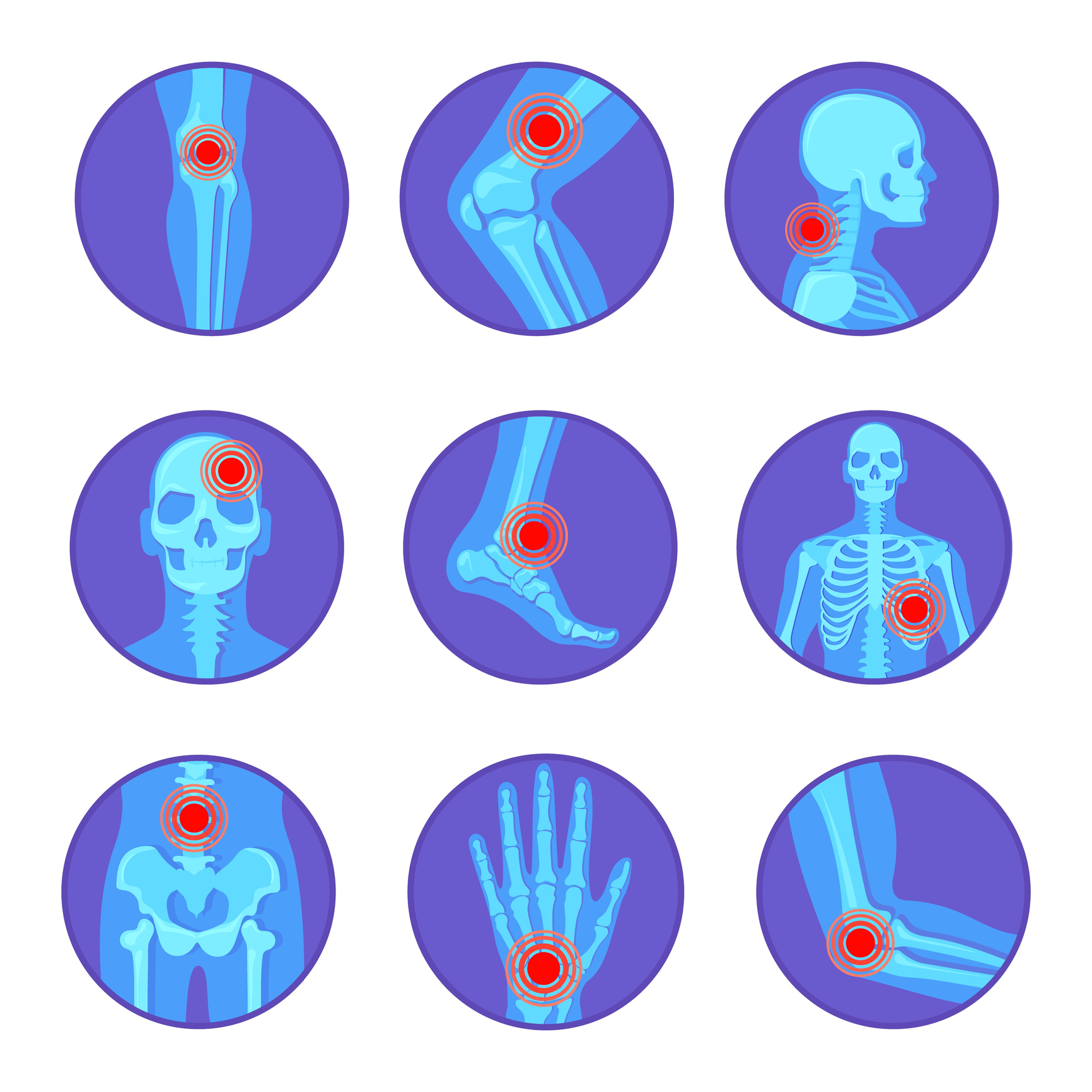There have been few publications on the clinical importance of the Raynaud phenomenon (RP) in systemic lupus erythematosus (SLE), with some claiming that RP is related to milder lupus. Because most previous research was small and/or focused on a single race/ethnic community, it was uncertain if the findings are generalizable. In a large multiethnic SLE population, researchers looked to see if RP was linked to demographic and clinical variables.
They assessed SLE cohort participants at Montreal General Hospital who were given standardized yearly examinations. At their first visit, they assessed demographic and clinical variables (using the 1997 American College of Rheumatology criteria and the Systemic Lupus International Collaborating Clinics/American College of Rheumatology Damage Index) using the 1997 American College of Rheumatology criteria and the Systemic Lupus International Collaborating Clinics/American College of Rheumatology Damage Index). In the study, they reported multivariate logistic regression analysis of cross-sectional relationships between the factors and RP in SLE.
The majority of the 489 SLE patients (n = 445, or 91%) were female. The mean age at SLE diagnosis was 31.5 (standard deviation, 13.5) years, while RP was present in 169 (34.6%). Female sex (odds ratio [OR], 2.43; 95% CI, 1.07–6.03), White race/ethnicity (OR, 1.85; 95% CI, 1.10–3.17), neurological/neuropsychiatric manifestations (OR, 1.98; 95% CI, 1.10–3.56), and anti-RNP antibodies (OR, 3.03; 95% CI, 1.73–5.38) were positively associated with RP, whereas hemolytic anemia and cellular casts were negatively associated. RP was seen in more than one-third of the large multiethnic North American SLE sample. The study found links between RP and a particular SLE manifestation.


